
 |
AldwarkPhotographed in March 2004 |
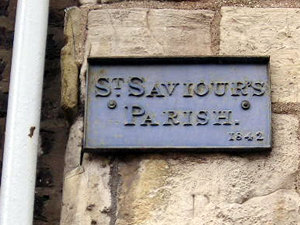 |
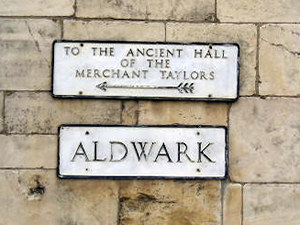 |
|
Above: Signs on the wall of the former chapel of St Anthony's Hall, at the Peasholme Green end of Aldwark. |
|
|
The housing development in the Aldwark area is admired as an example of how to create attractive modern dwellings in a historically sensitive area. It was, as the sign (right) tells us, designed to reflect Lord Esher's recommendation that a return to living within the city walls should be encouraged. In the report, Esher describes Aldwark in the 1960s: 'Its forlorn character is a surprise to every visitor
who penetrates into it. This has been due partly to the destruction by
19th century backyard industry and 20th century office blocks of residential
amenities, partly to 'planning blight'.' |
|
|
I can't follow that really, so time to move on, back into the street called Aldwark. The street presents a mixture of architectural styles, including the impressive Oliver Sheldon House (below) alongside new build housing and a fragment of apparently historic wall. The planting too is sympathetic and well cared-for. |
|
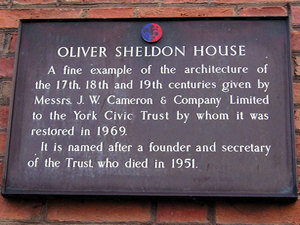 |
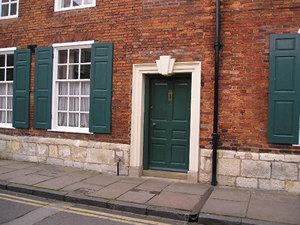
|
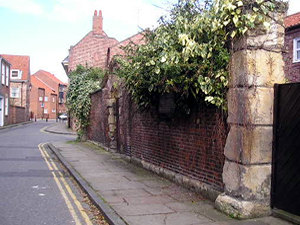 |
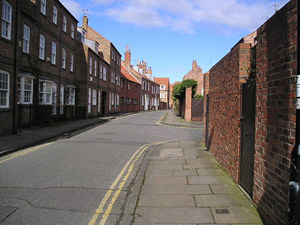 |
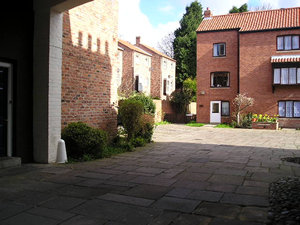 |
Above and left: Images of Aldwark, March 2004. This area has obviously come a long way since it was described in the sixties as a depressing and derelict part of town: 'silent, deserted, its last Georgian houses falling into
decay, its half-empty workshops and warehouses awaiting clearance.' |
|
At the end of Aldwark, approaching Peasholme Green, several older buildings remain, including the ancient St Anthony's Hall, just visible, with its white limestone, at the end of the road. Unfortunately also visible is the horror shown below (right). Hilary House replaced the Salem Chapel, demolished in the 1960s. Its front, facing into St Saviourgate, is hideous (so much so I've never managed to get around to taking a photo of it), and its back view, shown here on Aldwark, is even worse. |
|
|
|
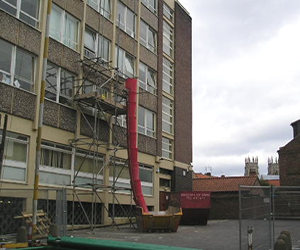 |
|
I don't think it's fair to leave you with an image of Hilary House to end this particular page, so I revisited on a sunnier day and photographed St Anthony's Hall, at the end of Aldwark. |
|
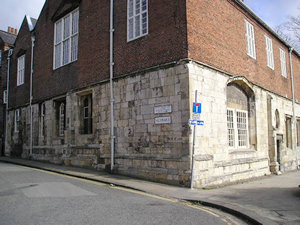 |
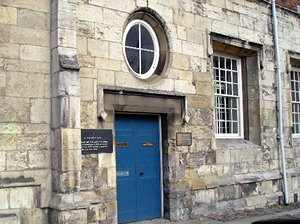 |
|
Also the end of Aldwark, just past Hilary House, is a converted former Methodist chapel. Just around the corner is St Saviourgate. |
|